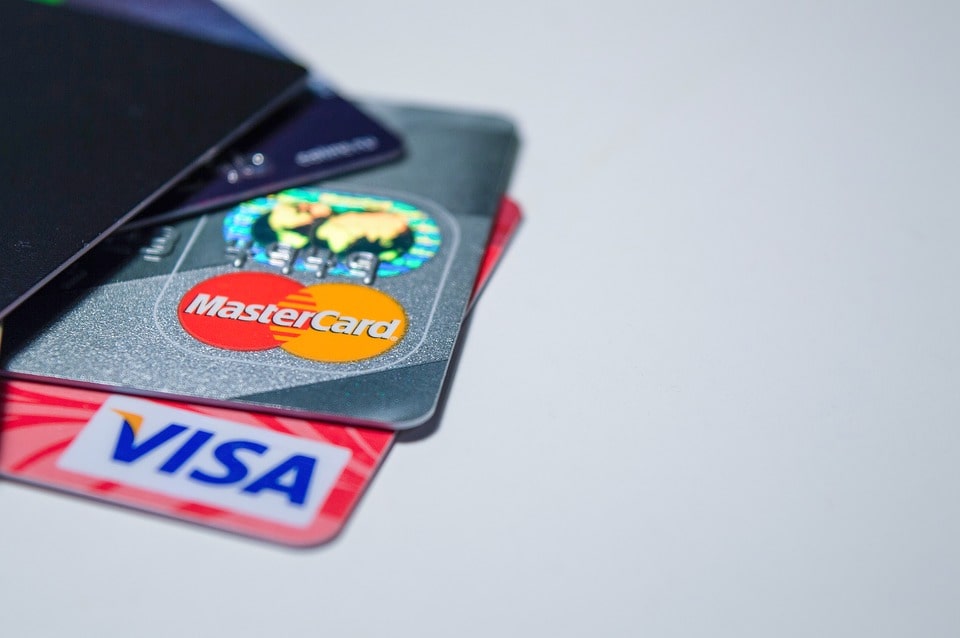
The Visa Provisioning Service was launched by Visa company to make the linking of Visa payment accounts by operators, banks, and transit operators to consumer smartphones. The provisioning system supports both Visa and non-Visa payment for loyalty and transit applications.
Visa is a success in the financial market for decades because they remain relevant to technology. A collaboration of technology and aiming to upgrade to the latest technology makes it convenient to provide customers with the best services.
The latest technology update is theVisa Mobile Provision Service, which was recently announced. Let us delve in and discuss all details about Visa Provision Service.what it is and how it works. Recently, they announced the Visa Mobile Provision Service.
How does the Visa Provisioning Service work?
The recently launched Visa provisioning service aims at mobile network operators and other organizations. The service makes it easier to download payment account details to mobile phones with the NFC feature.
NFC(Near Field Communication) refers to a wireless communication technology withing a very short-range. As the primary support for various mobile payments, the NFC technology is also used by Google wallet.
For several years, Visa planned and worked to change to secure mobile payments accounts Over The Air( OTA). As a result, it will be comfortable to link NFC user smartphones to Visa payment accounts. Thus the Visa Provision Service will be used by the banks, network operators, and transit operators.
Thanks to the new service, payment applications are mainly enhanced as well as use the mobile payment as part of an integral daily routine for users all over the world. The new feature added by Visa offers all the essential bodies in mobile banking payment. Mobile phones that use NFC link accounts validate and maintain them.
The Features of Visa Provision Service
The Visa Provision Service is based on NFC technology. But, many new generation smartphones such as Apple iPhone do not support it. Thus, the service is only limited to some smartphones. However, for a customer to enjoy the feature, they must enable an NFC chip on their mobile device.
The Visa Provision Service uses the OTA activation method. When a smartphone is switched on, the service is enabled, and that’s how easy it is to use the service.
Non-Visa payments can also use the Visa Provisioning Service in their transactions. The service provides the feature they can use to download mobile payment applications to their smartphones, and the service can also be sued for transit applications.
For instance, a person riding the subway in a distinct city can ask the mass transit application to activate the service on their smart device using NFC technology. And this is a display of flexibility of the Visa Provision Service.
Steps for Visa Provisioning Service Works
The best way for a customer to grasp how the service works is to follow the simple steps below:
- A customer can buy and use any smartphone that supports the NFC technology. You can opt for any smartphone, but make sure it has the presence of NFC.
- You need to activate mobile payment on your smartphone. First, a customer needs to communicate with their Visa account issuing institution or respond to the service provider.
- The Visa Provisioning Service officials activate the specific mobile phone payment of the customer.
- To authenticate the customer, the service will ask for a passcode. Once the right passcode is provided, the payment goes through. However, if the passcode is incorrect, the payment aborts.
- NFC technology initiates an exchange between the parties with several credentials and secure keys.
- Eventually, the payment account details are downloaded to the customer’s mobile phone.
Visa Token Provision
Issuers of the Visa Token Service Provisioning and Lifecycle Management APIs provide flexible and scalable means that securely aid token issuance. Tokens enable the use of e-commerce, m-commerce, in-app, and contactless purchases. The Visa card issuer allows secure and convenient use in digital wallets.
Additionally, the card remains top-of-wallet. Also, it keeps the card issuer from issuing a new card when a customer loses a device, which is a digital wallet enabled.
The sensitive account information is replaced by API on a card. For example, the 16-digit Primary Account Number (PAN), is replaced with a TOKEN( a unique digital identifier). Tokenization secures card data by substituting a card’s PAN with a unique sequence of randomly-generated numbers.
The generated number is no different from the original PAN, and there is no difference between the standard payment card number and the processing system application in the virtual eyes of back-end transactions.
The Future of the Visa Provisioning Service
As mentioned above, NFC technology is the backbone of the Visa Provisioning Service. For customers with smartphones that do not support the NFC technology, they cannot use the services. Also, it may not be smart to replace a smartphone to avail of Visa Provision Service. Perhaps Visa will find a way for non-NFC smartphones to be part of the mobile payment service.
Conclusion
The Visa Provision Service is a revolutionary step in the mobile payment world of business. Many network operators, financial institutions, transit operators, among others, are already using this service. The NFC technology is the main deal breaker to the Visa Provisioning Service, but it is, without a doubt, a game-changer by Visa.
Also Read- Best Buy Credit Card: Spending limit & How to increase it?










